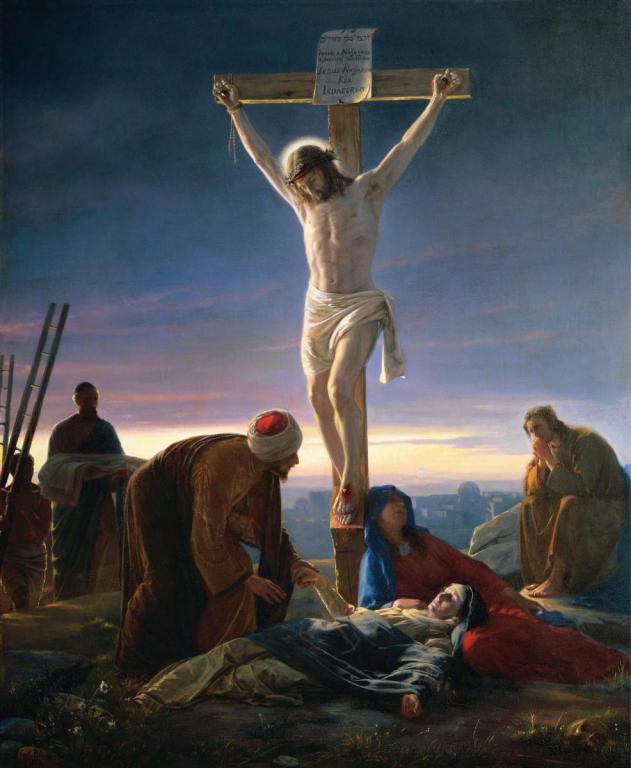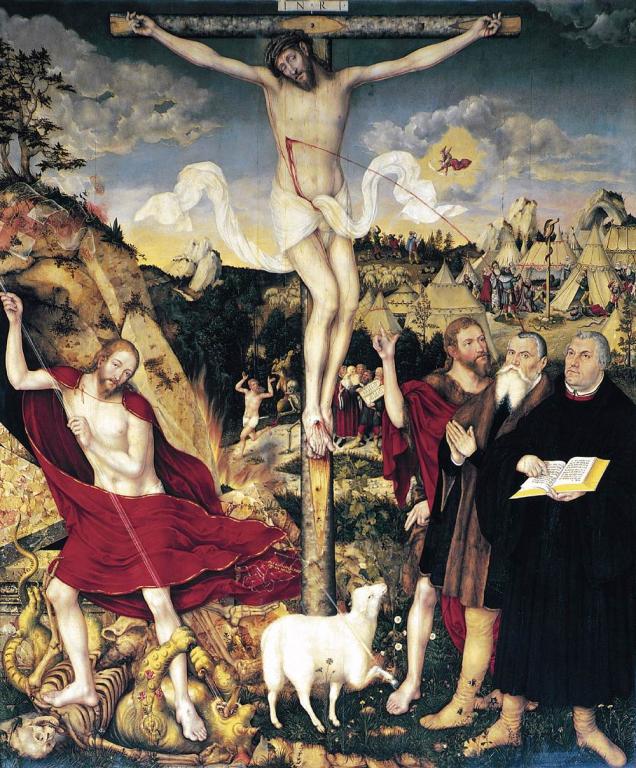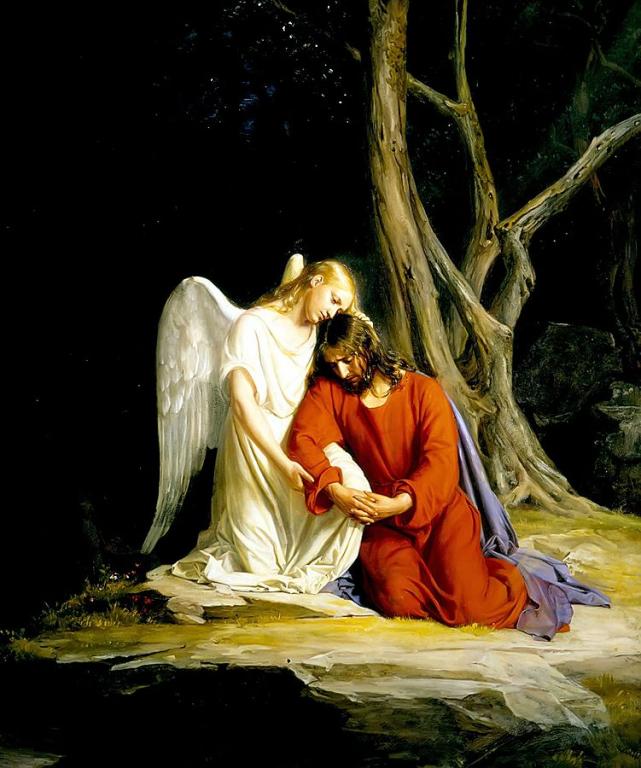The Lutheran artist, Carl Bloch
In looking for an illustration to go with yesterday’s post Transfigured, I came across a painting on the subject that I ended up using. The artist was Carl Bloch, whom I subsequently learned was a 19th century Danish artist and a Lutheran. A painter of landscapes and portraits, he is best known for his paintings of scenes from the Bible, most notably a 23-painting series on the life of Christ - Christian painting
And yet, though reportedly a devout Lutheran, Bloch’s paintings have been appropriated by the Mormons, to the point that his works have become part of the visual iconography of the Latter Day Saints, reproduced for generations in churches, publications, curriculum, and homes.
Bloch (1834-1890) was quite acclaimed in his day. His countryman Hans Christian Andersen wrote of his work, “What God has arched on solid rock will not be swept away!” And in a letter to the artist, Andersen said, “Through your art you add a new step to your Jacob-ladder into immortality.”
His work is highly realistic, while often suggesting Christ’s holiness with a halo, or an effect of light alluding to a halo, depicting the tangible historicity of what the Bible records. This accords with Lutheranism, which characteristically stresses that spiritual reality manifests itself in what is physical and material (God becoming a flesh-and-blood human being; the bread and wine of Communion being the Body and Blood of Christ; ordinary human vocations being the means by which God cares for His creation, etc.).
And yet, I find his religious paintings unsatisfying. They show what the scenes described in the Bible might have looked like. But they evoke no mystery, no theology. There is nothing sublime about them, suggesting neither the transcendence nor the immanence of God. Compare Bloch’s paintings to the work of other Lutheran artists such as Lucas Cranach, Albrecht Durer, or even the other 19th century Lutheran artist we blogged about, Fritz von Uhde.
Consider, for example, Bloch’s “Christ at the Cross”:
[Carl Bloch [Public domain], via Wikimedia Commons]
Is there the sense here that the man on the cross is dying for our sins, that He is bearing our griefs and iniquity and winning our salvation? Even the other figures in the painting seem more preoccupied with Mary’s swooning from sorrow, rather than attending to the crucified Christ.
Compare this to Cranach’s “Weimar Altarpiece”:
[Painting by Lucas Cranach ([1]) [Public domain], via Wikimedia Commons]
Cranach has worked in his own self-portrait, showing Christ’s blood streaming down on him. The artist is saying that Jesus died for me! Next to him stands Luther, pointing to the Bible. Christ on the Cross is to be preached, and its meaning is communicated by God’s Word. Jesus is in the painting twice, as the dying savior and as the hero slaying the devil. At the base of the cross is the lamb of God that takes away the sin of the world. In the background are various scenes from the Old Testament, including the Bronze Serpent being lifted up in the wilderness.
Yes, I suspect that if we were to actually go in a time machine back to Calvary, the crucified Jesus would probably look like any other executed criminal, more like the plain style used by Bloch. We certainly wouldn’t see Lucas Cranach and Martin Luther standing by the Cross. Or see Jesus on the scene twice. But Cranach is showing not just a man on a cross but what all of this means. He is using art to explore the theology of the crucifixion and what it means for his own salvation.
Bloch will sometimes show more than a historical Bible illustration, but when he does so, he seems to stop at the emotional level, and that emotion is generally 19th century sentimentality. Consider this depiction of Christ in Gethsemane being comforted by an angel (“And there appeared to him an angel from heaven, strengthening him” [Luke 22:43]):
I guess it’s kind of moving, but I think it strikes the wrong chord. What do you think?
As for what Mormons see in these paintings–whether they see their theology reflected in them–I’m not sure. Perhaps some of you could enlighten me. Here is a discussion of Bloch’s popularity with Mormons, but there must be more to it than what this article describes. It might be simply that the Church of Latter Day Saints made use of an artistic series that surveyed the entire life of Christ, taking advantage of the unified portrait of Christ that is carried over throughout the 23 paintings, continuing to reuse them so that they acquired the power of association. Thus, generations of Mormons remember them from Sunday School pages, bulletin covers, church magazines, and sanctuary decorations.
For more details about Bloch and to see his paintings, go to this website devoted to his work. Should Lutherans reclaim this artist? I believe he is still popular in Denmark. He painted a number of altarpieces that you can still see in Danish Lutheran churches. Photographs from the website make me think that the ecclesiastical context of those works make them more powerful than just isolated paintings. But what do you think?



Comments
Post a Comment